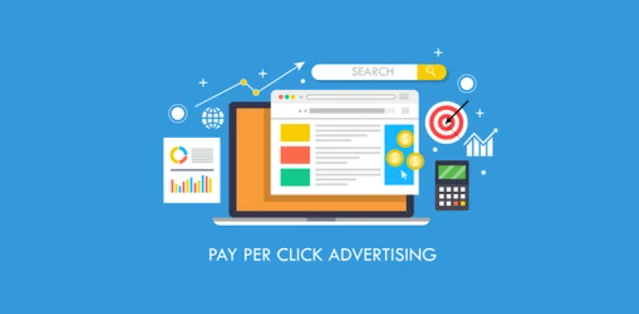Pay Per Click Advertising: A Comprehensive Guide for Beginners
In today's digital landscape, online advertising has become an essential strategy for businesses looking to increase their online visibility and drive targeted traffic to their websites. One of the most popular and effective methods of online advertising is Pay Per Click (PPC) advertising. This comprehensive guide is designed to provide beginners with a solid understanding of PPC advertising, its benefits, and how to get started.
Understanding Pay Per Click Advertising
Pay Per Click advertising is an internet marketing model where advertisers pay a fee each time their ad is clicked. Unlike traditional advertising methods, PPC allows businesses to target specific keywords, demographics, and locations to reach their desired audience. This targeted approach ensures that businesses only pay for actual clicks from potential customers, making PPC a cost-effective advertising solution.
Benefits of Pay Per Click Advertising
- a. Immediate Results: Unlike organic search engine optimization (SEO) efforts, PPC campaigns can deliver immediate results. Once your ads are set up and approved, they can start driving traffic to your website almost instantly.
- b. Targeted Audience: PPC advertising allows you to target your audience based on factors such as keywords, demographics, location, and even the time of day. This targeting capability ensures that your ads are shown to the most relevant audience, increasing the likelihood of conversions.
- c. Measurable Results: PPC platforms provide robust analytics and tracking tools, allowing you to measure the success of your campaigns accurately. You can track metrics such as click-through rates (CTR), conversions, and return on investment (ROI), enabling you to optimize your campaigns for better results.
- d. Budget Control: With PPC, you have complete control over your advertising budget. You can set daily or monthly spending limits, ensuring that you never exceed your desired budget.
Getting Started with Pay Per Click Advertising
- a. Define Your Advertising Goals: Before launching a PPC campaign, clearly define your advertising goals. Whether it's driving more traffic, increasing sales, or raising brand awareness, having well-defined objectives will help you create targeted and effective campaigns.
- b. Choose the Right PPC Platform: There are several PPC platforms available, including Google Ads, Bing Ads, and social media advertising platforms like Facebook Ads and LinkedIn Ads. Research each platform's features, audience reach, and pricing to determine which one aligns best with your goals and target audience.
- c. Keyword Research: Keywords are the foundation of PPC advertising. Conduct thorough keyword research to identify the keywords and phrases that your target audience is likely to use when searching for products or services similar to yours. Use keyword research tools like Google Keyword Planner to identify relevant and high-performing keywords.
- d. Ad Creation: Craft compelling and engaging ad copy that aligns with your advertising goals and target audience. Include relevant keywords in your ad headlines and descriptions to improve relevancy and attract clicks. Experiment with different ad formats, such as text ads, image ads, and video ads, to see which performs best.
- e. Landing Page Optimization: A well-optimized landing page is crucial for maximizing the effectiveness of your PPC campaigns. Ensure that your landing page is relevant to the ad and provides a seamless user experience. Optimize your landing page for fast load times, clear call-to-action (CTA) buttons, and persuasive content.
- f. Campaign Monitoring and Optimization: Regularly monitor the performance of your PPC campaigns and make data-driven optimizations. Adjust bids, refine keywords, and test different ad variations to improve CTR and conversion rates. Continuously analyze your campaign's performance to identify areas for improvement and capitalize on successful strategies.
Conclusion
Pay Per Click advertising is a powerful tool that can drive targeted traffic, increase brand visibility, and generate valuable leads for businesses of all sizes. By understanding the fundamentals of PPC advertising and following the steps outlined in this comprehensive guide, beginners can embark on successful PPC campaigns. Remember to stay informed about the latest industry trends and continuously refine your strategies to stay ahead in the competitive digital advertising landscape. With dedication and thoughtful execution, PPC advertising can be a game-changer for your business.












